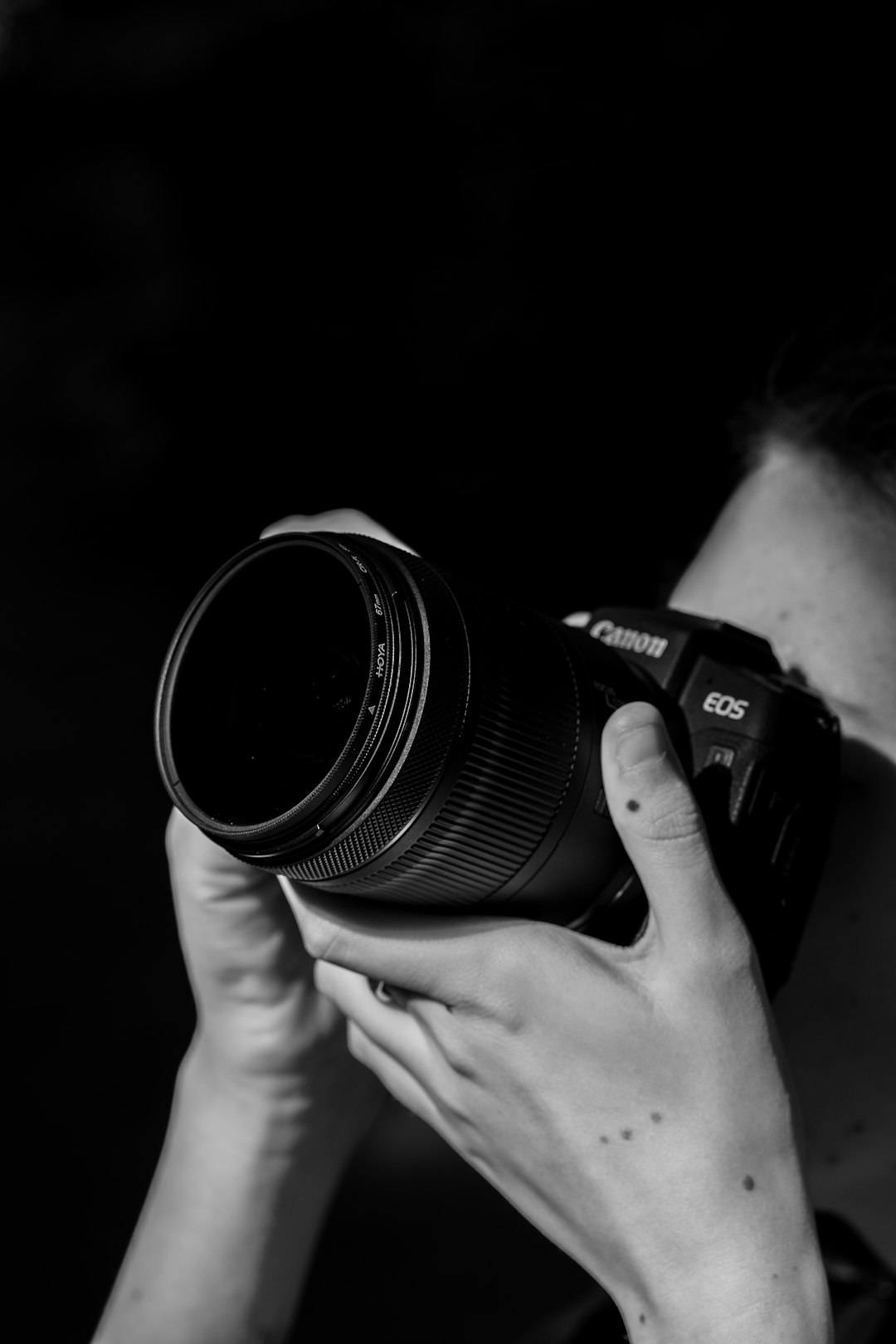Through the Lens: Exploring Nature’s Beauty with eduardo almeida
Nature has always captivated us with its vast beauty and intricacies, but it takes a special eye to truly capture its essence through the lens of a camera. Eduardo Almeida, a renowned nature photographer, has dedicated his life to capturing the mesmerizing beauty of the natural world. With his unique perspective and immense talent, Almeida takes us on a breathtaking journey through his lens, showcasing the wonders of the natural world.
Eduardo Almeida’s passion for nature photography began at a young age when he first picked up a camera. Growing up in a small town surrounded by picturesque landscapes, Almeida quickly fell in love with the beauty that nature had to offer. As he honed his photography skills, he realized that capturing the essence of nature went beyond just taking a photo; it required a deep connection with the subject and an understanding of its significance.
One of Almeida’s signature techniques is his ability to highlight the smallest details that often go unnoticed. His macro photography showcases the intricacies of flowers, insects, and other tiny life forms, inviting viewers to appreciate the beauty that lies within the minuscule. By shedding light on these often overlooked aspects of nature, Almeida reminds us of the diverse and extraordinary world that exists just beyond our doorstep.
In addition to macro photography, Almeida’s portfolio boasts a stunning collection of landscape photographs. His ability to capture the grandeur of mountains, the tranquility of oceans, and the serenity of forests is awe-inspiring. Each photo conveys a sense of wonder and invites viewers to immerse themselves in the magic of the natural world. Whether it’s a vibrant sunset, a majestic waterfall, or a vast expanse of starry sky, Almeida’s landscapes transport us to idyllic locations, allowing us to momentarily escape the chaos of the modern world.
Eduardo Almeida’s work also serves as a powerful reminder of the importance of conservation. Through his lens, he showcases the fragility and vulnerability of nature, urging us to protect it for future generations. His photographs capture the delicate balance of ecosystems and the interconnectedness of all living things, reminding us that our actions have a profound impact on the natural world.
As we browse through Eduardo Almeida’s stunning photographs, we are reminded of the beauty and magic that surrounds us every day. His ability to capture the essence of nature through his lens is nothing short of remarkable. Whether it’s a dewdrop on a leaf or a snow-capped mountain, Almeida’s photographs evoke a sense of wonder and appreciation for the world around us. Through his work, he invites us to slow down, to connect with nature, and to marvel at its boundless beauty and resilience.
In conclusion, Eduardo Almeida’s photography is a testament to the power of capturing nature’s beauty through the lens. His unique perspective and unparalleled talent allow us to see the world in a whole new light. As we immerse ourselves in his photographs, we are transported to breathtaking landscapes and reminded of the importance of preserving the wonders of the natural world. Eduardo Almeida’s work is a gift, reminding us of the extraordinary beauty that exists right outside our doorsteps.
For more information visit:
www.eduardoalmeidaphotography.com
https://www.eduardoalmeidaphotography.com/
Avenida del Cardenal Cisneros 27
Official website of the Spanish landscape photographer Eduardo Almeida. Silver gelatin prints sale.


